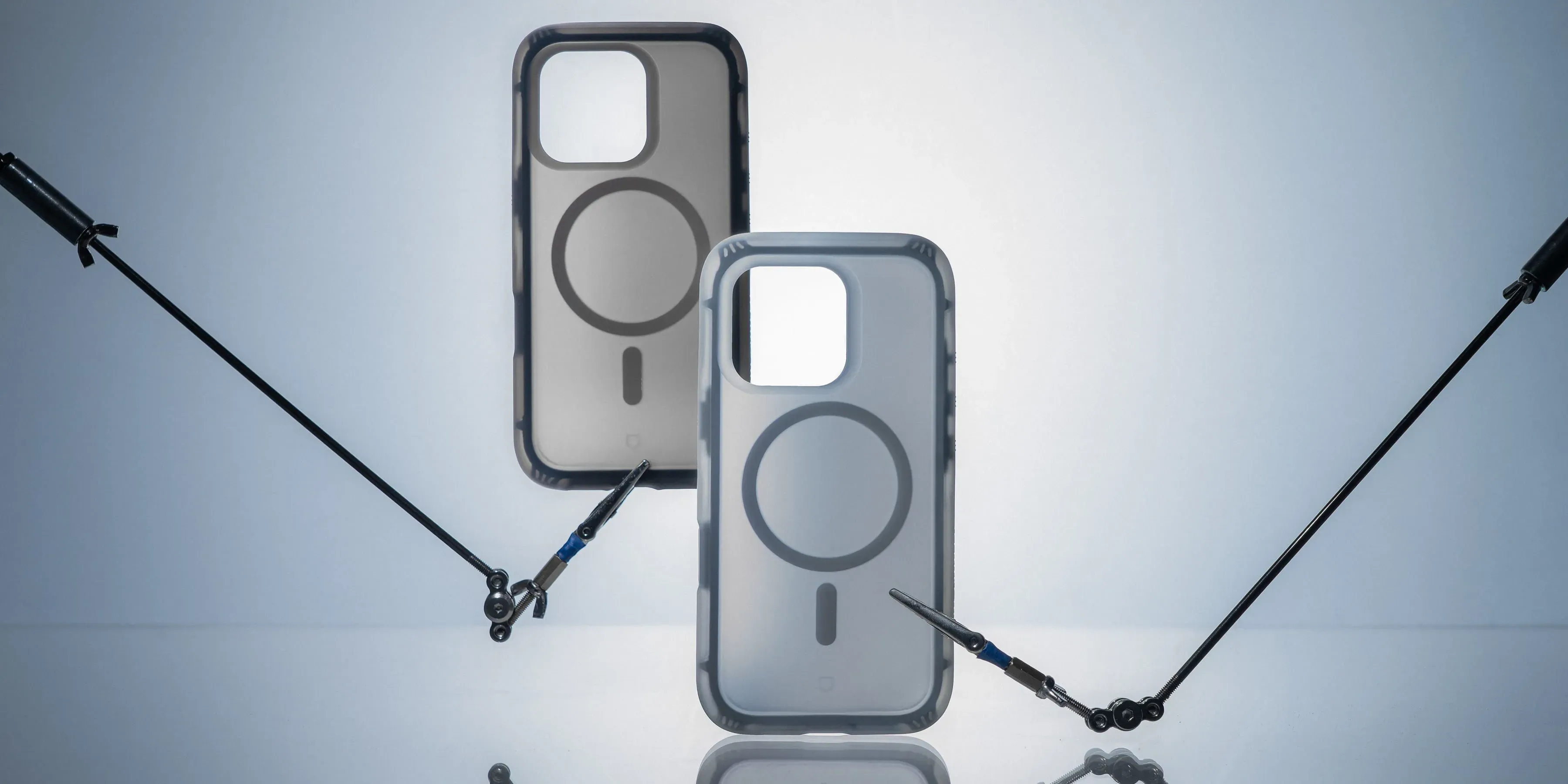8 01, 2025
Reading time: 8 min
8 01, 2025
Reading time: 8 min

Over a decade ago, RHINOSHIELD was among the first to develop high-impact protective phone cases, achieving performance that surpassed military-grade standards. We not only met consumers' expectations for protection—we continue to challenge the industry’s conventional thinking about what protection should be. As smartphones evolved, they became far more than communication tools. With advanced camera systems, delicate antenna layouts, and algorithm-driven chips, every internal component became essential to everyday life. This shift led us to a question: Are drop tests based only on height and repetition still enough for devices this complex? That question sparked the development of AirX. We began to look beyond surface protection, turning our attention inward—to the risks of internal damage and to redefining what true protection should mean today. |
Through months of device teardown studies, our engineers found a repeating pattern: Phones that looked perfectly fine on the outside often came in with internal failures.A subtle misalignment in a camera module. A solder crack near the charging port. A drop-induced micro-vibration that weakened antenna performance. These weren’t design flaws in the phones — they were limitations in what protection had come to mean. So we reframed the challenge: What if we didn’t just stop cracks, and what if we could absorb the shock before it reached the phone’s core? |
With that goal, our material scientists prototyped over 100 internal cushioning patterns. The breakthrough came with an ultra-cushioned system, inspired by airbag mechanics but optimized for a pocket-friendly form. We paired this structure with our ShockSpread™ material technology, then simulated dozens of drop scenarios using accelerometers during the experiments. It wasn’t just about protecting the screen. We were tracking force direction, shock duration, and micro-level energy transfer—the kind that knocks optical stabilizers out of alignment or causes signal attenuation. Making a case thicker is the obvious way to protect, but it’s not the smartest—and it can’t go on forever. The real challenge? Reinventing protection without adding bulk. We redesigned the internal structure, embedding air cushions and shock-absorbing zones into tight spaces, so impact is absorbed before it reaches your device. You won’t see it, but it’s there—quietly redefining what protection can be. |
Every design detail of AirX is functional by intent: A. The air-filled channels aren’t just aesthetic; they delay impact shock by milliseconds that matter. B. The case’s internal ribs redirect energy sideways, away from fragile components. C. The overall structure balances firmness and give, tuned to dissipate forces across varying impact angles. Most importantly, it works. In our in-house testing, AirX isolated the impact up to 81% compared to standard rugged cases. |
Today’s phones are more powerful than laptops— and far more delicate on the inside. Smaller components, tighter fits, less tolerance for error. As technology advances, the greater the demand for precision protection. AirX isn’t just ready for today’s devices— It’s built for the next generation. |
While we focused on internal durability, we didn’t forget our planet. AirX is made from mono-material, designed to simplify recycling. It’s also 30 times more durable, meaning your phone will need fewer case replacements over time. Better protection = longer device life = less e-waste. That’s the cycle we believe in. |
AirX isn’t just a case. It’s our quiet revolution, a rethink for what modern protection should prioritize. Less about surviving drops. More about preserving performance. And most of all, about protecting the invisible things that keep your digital life running: one drop, one shock, one moment at a time. |